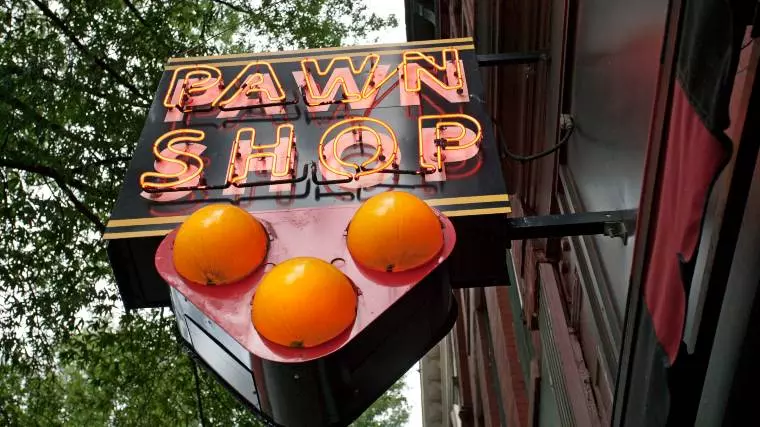When it comes to owning and operating a pawn shop, the day-to-day challenges of managing inventory, handling customer relations, and ensuring financial stability can be all-consuming. Yet, one critical aspect that often gets overlooked by many business owners in this field is the importance of having a robust exit strategy.
An exit strategy is not merely a plan for ending your involvement with the business; it’s a comprehensive approach to preparing for the future, maximizing your financial returns, and ensuring the continuity of the business once you decide to step away.
Understanding the Importance of an Exit Strategy
An exit strategy serves multiple purposes and offers several benefits, not only to the pawn shop owner but also to the business itself. Here’s why every pawn shop owner should have one:
1. Maximizing Business Value
The ultimate goal of most business owners is to maximize the value of their business upon exit, whether that’s through selling, passing it on to a successor, or even closing down. An exit strategy helps you to increase the intrinsic value of your business by highlighting areas where improvements can be made and efficiencies increased. This could involve streamlining operations, optimizing financial management, or enhancing customer service standards. Each of these improvements not only makes the business more attractive to potential buyers or inheritors but can also increase profitability in the interim.
2. Planning for Retirement
For many pawn shop owners, the business is not just a job but a significant part of their retirement plan. By having a clear exit strategy, owners can plan financially for retirement, ensuring that they extract enough value from the sale or transfer of their business to support their retirement years. This involves understanding the market conditions, the worth of the business, and the best times to exit.
3. Preparing for the Unexpected
Life is unpredictable. Health issues, personal circumstances, or family commitments can change rapidly, necessitating a sudden change in business operations. An exit strategy includes contingency planning for unexpected situations, allowing for a smoother transition and minimal disruption to the business. This might involve training a second-in-command who can take over at short notice or setting up buy-sell agreements in partnership scenarios.
4. Facilitating a Smooth Transition
Whether you are planning to sell your business, pass it on to a family member, or hand over the reins to an employee, a well-thought-out exit strategy facilitates a smoother transition. This includes preparing the next generation of leadership, and ensuring they are equipped with the necessary skills and knowledge to maintain and grow the business. It also involves making sure that the business’s culture and values are preserved post-transition.
5. Reducing Stress and Increasing Confidence
Knowing that there is a plan in place for the future can significantly reduce stress for business owners. An exit strategy provides a sense of control and confidence about the future of the business and the financial security of the owner. This peace of mind is invaluable and allows the owner to focus on running the business effectively in the present.
Key Components of an Effective Exit Strategy
An effective exit strategy for a pawn shop should include several key components:
1. Valuation of the Business
Regular valuations are crucial to understand the current worth of your business and track its growth over time. This informs better decision-making regarding improvements and timing your exit for maximum financial benefit.
2. Legal and Financial Preparation
Ensure that all financial records are transparent and up-to-date and that legal considerations, such as contracts and intellectual property rights, are in order. Engage with financial advisors and lawyers who can offer professional guidance tailored to your situation.
3. Market Analysis
Stay informed about market conditions within the pawn industry. Knowing the best times to sell, based on economic conditions and industry trends, can significantly impact the success of your exit.
4. Succession Planning
If you plan to keep the business in the family or hand it over to an employee, start the training and transition process early. Define clear roles and responsibilities, and ensure that the successor is fully prepared to take over.
5. Communication Plan
Communicate your plans with all stakeholders, including family, employees, and customers. This transparency helps manage expectations and can pave the way for a supportive transition.
An exit strategy is not just about ending things; it’s about setting up for future success—whether that success is measured in financial returns, the continued growth of the business, or personal satisfaction. For pawn shop owners, investing time in developing a comprehensive exit strategy is just as important as any other aspect of business management.
It ensures that when the time comes to move on, both the business and its owner are poised for the next chapter, whatever that may be.


